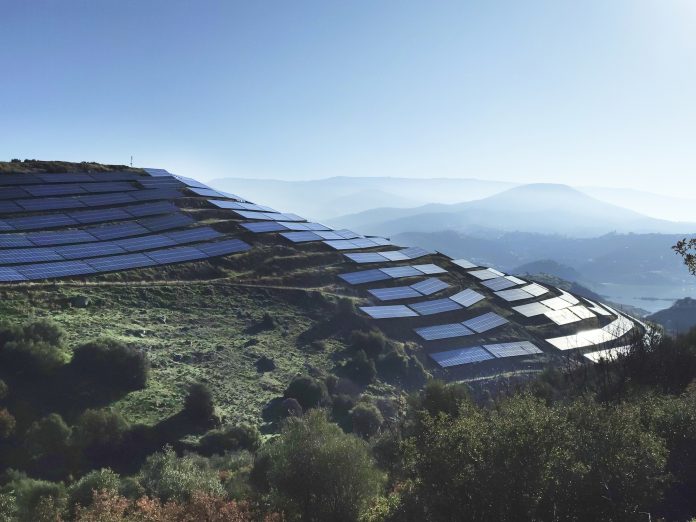A study suggests that photovoltaic fields are more efficient than afforestation in migrating global climate change
While forests migrate climate change by sequestering carbon, photovoltaic (PV) energy addresses the issue by replacing fossil fuels.c
However, both contribute to an increase in the global heat load because they darken the land surface, leading to heat absorption. Researchers, including Rafael Stern and Jonathan Muller, examined whether trees or solar panels could more rapidly counterbalance the elevated heat caused by surface darkening.
Afforestation
The researchers assessed surface albedo at the solar field in the Arava Valley’s hyper-arid region in Israel. Afforestation data was obtained from measurements taken at a research station in the Yatir forest, located at the periphery of the Negev Desert.
Using this data, the researchers computed the break-even time necessary to offset the positive radiative forcing from decreased albedo and the negative radiative forcing from carbon emissions associated with PV power generation or carbon sequestration by forests.
In semiarid regions, photovoltaic fields achieve the break-even point and deliver climate change migration benefits in approximately 2.5 years, a rate more than fifty times faster than afforestation.
The gap is narrower in humid areas, but solar panels maintain their advantage. The authors emphasised that forests offer various benefits beyond climate change migration, including ecosystem services, climate regulations and social benefits.
Final remarks
Addressing the climate crisis requires implementing multiple migration strategies simultaneously to curb global warming. Land-based options, while not a substitute for reducing fossil fuel emissions, play a crucial role, especially in bioenergy production that aids in phasing out fossil fuels.
Natural vegetation regrowth on abandoned cropland stands out due to its significant co-benefits with nature conservation driven by reduced direct costs.
However, selective afforestation can enhance carbon sequestration potential globally, but it necessitates careful planning to avoid adverse effects on biodiversity and soil conditions. Investing in infrastructure, making transformative changes, and technological advancements are essential for realising larger mitigation potentials through bioenergy and carbon capture and storage (CCS). Utilising abandoned cropland is promising, given its degraded state, proximity to roads, and lower site preparation requirements.
Effective policies are crucial to secure the use of abandoned cropland for mitigation, preventing potential risks like recultivation for food production. This approach aligns with the need for comprehensive and forward-looking strategies to meet stringent climate change mitigation goals.














